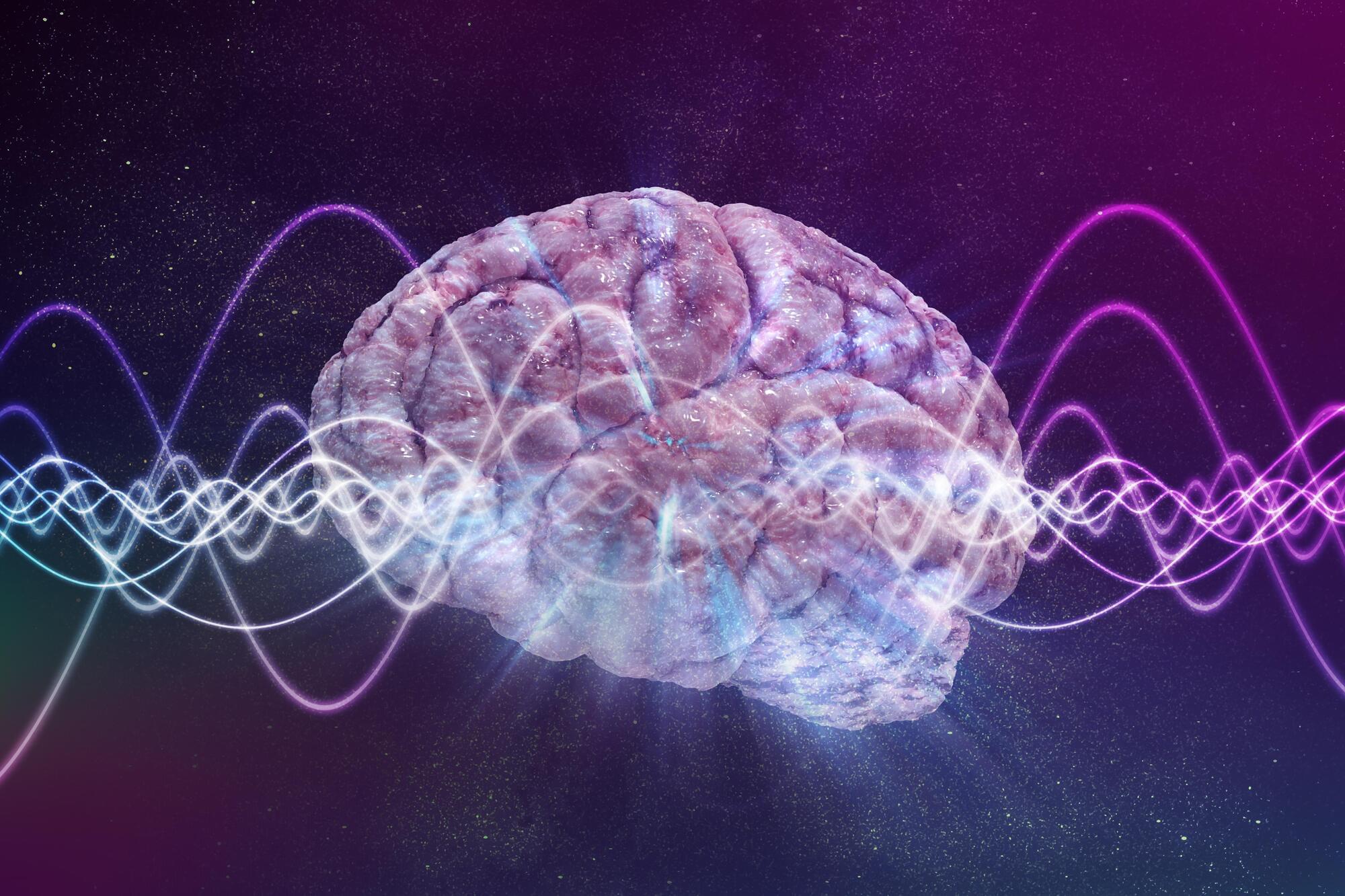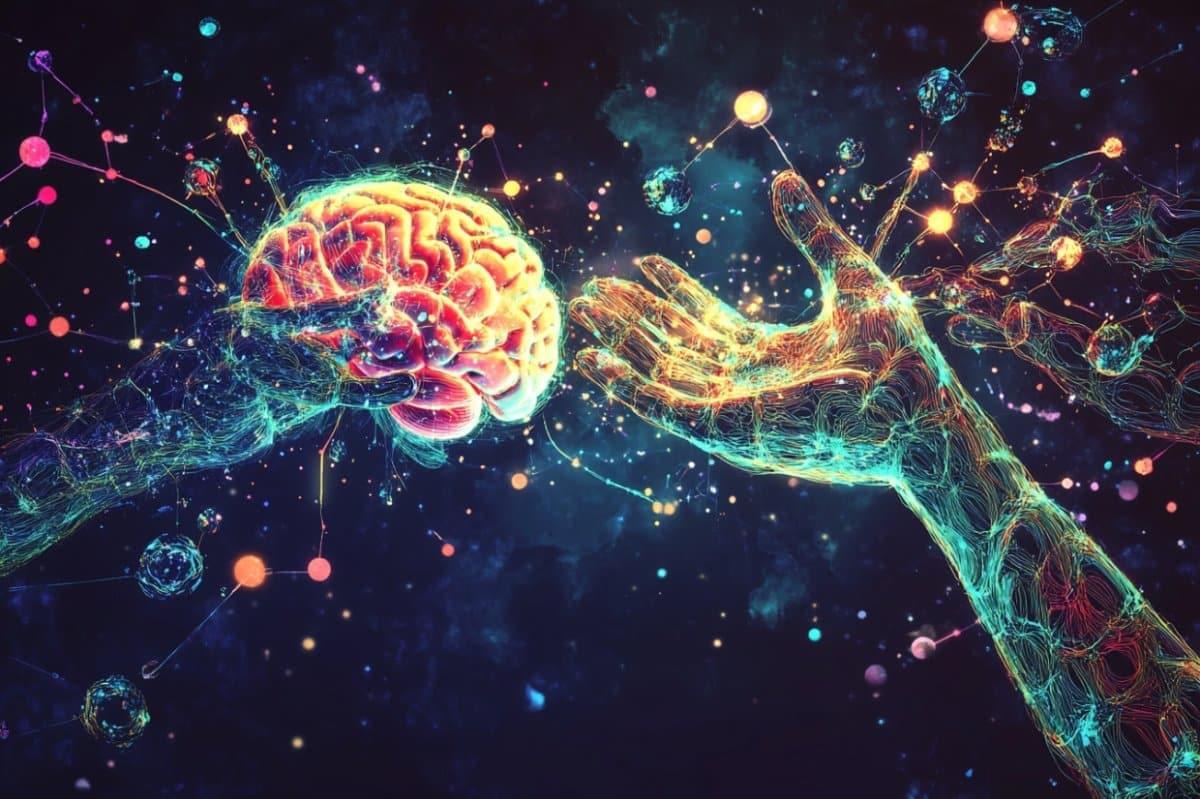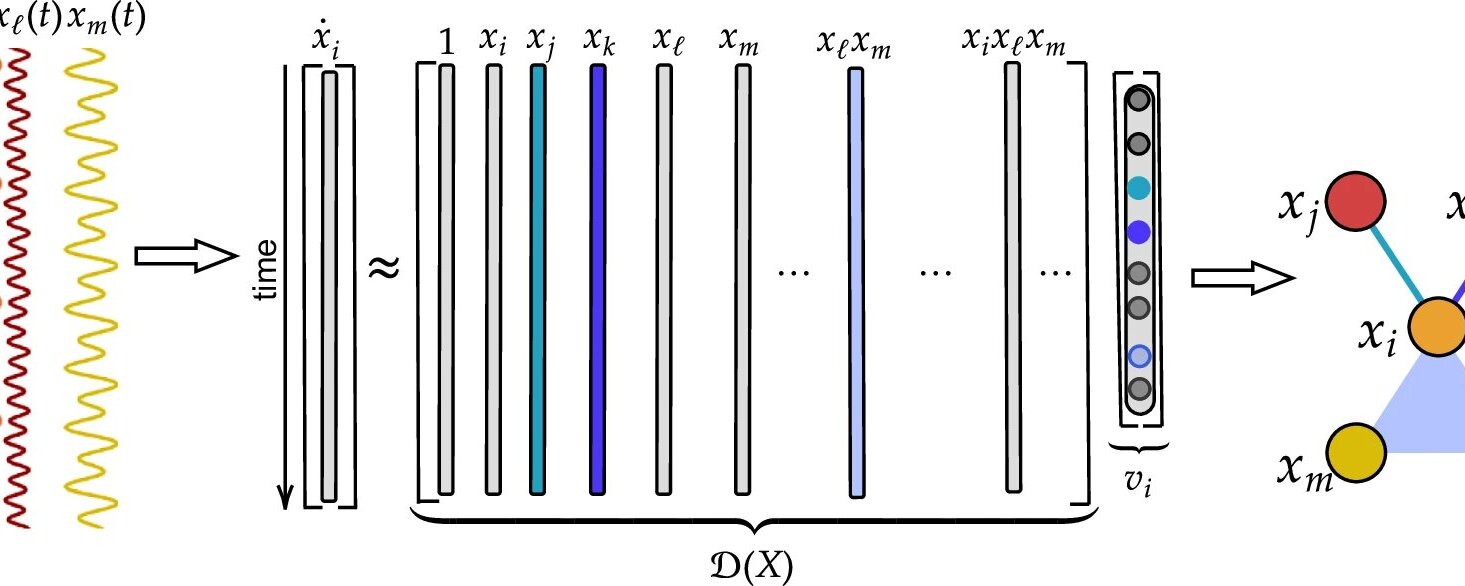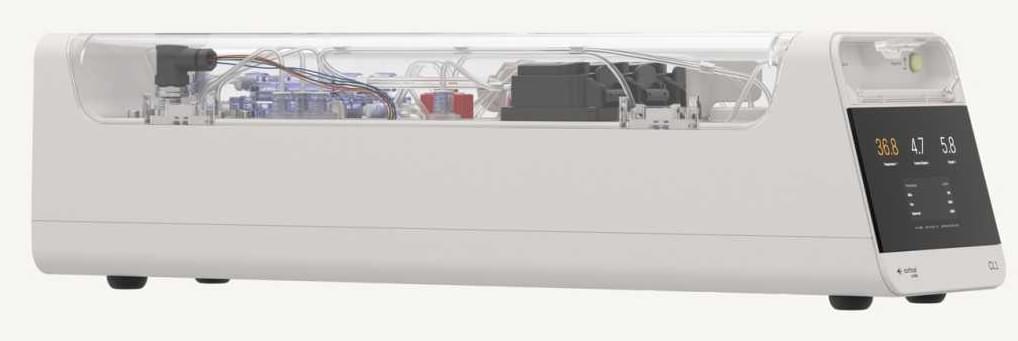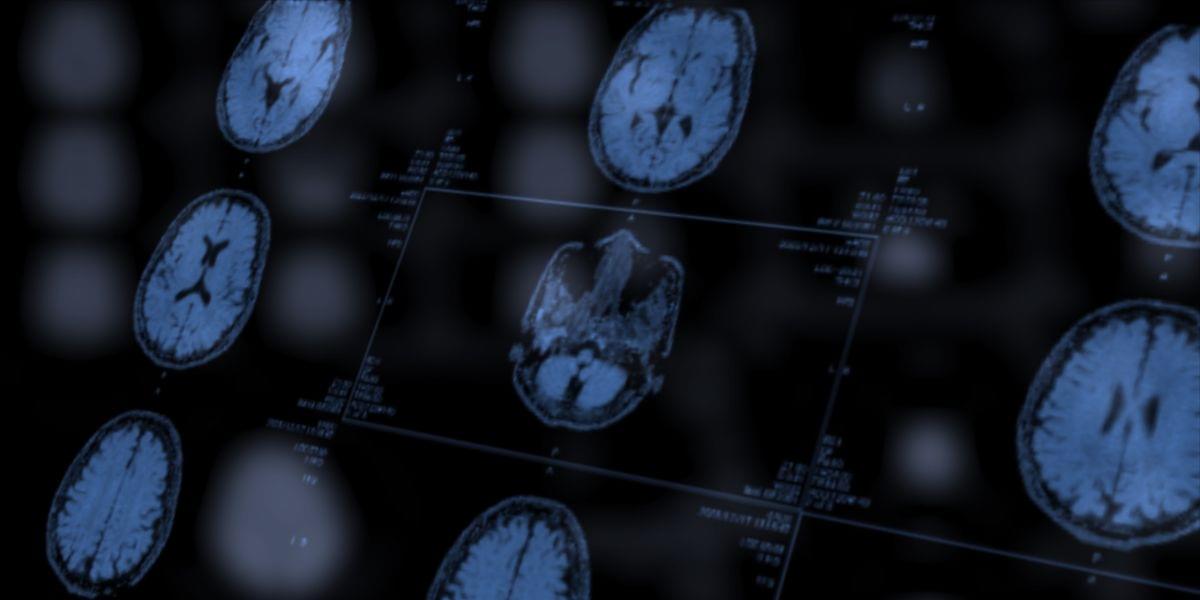Scientists have proposed that human consciousness may actually alter reality around us, but there’s a lot speculation about how.
Category: neuroscience – Page 6
Noninvasive therapy seeks to enhance focus and behavior by gently stimulating a nerve associated with attention and executive functioning. Researchers at UCLA Health are initiating the first clinical trial to determine whether a wearable device that provides gentle nerve stimulation during sleep
Better technologies to stably monitor cell populations over long periods of time make it possible to study neural coding and dynamics in the human brain.
Psilocybin, a natural compound found in certain mushrooms, has shown promise in treating depression and anxiety. UC San Francisco researchers wanted to know if it could be used to help Parkinson’s patients who often experience debilitating mood dysfunction in addition to their motor symptoms and don’t respond well to antidepressants or other medications.
The results were surprising.
Not only did participants tolerate the drug without serious side effects or worsening symptoms, which is what the pilot study was designed to test, they also experienced clinically significant improvements in mood, cognition, and motor function that lasted for weeks after the drug was out of their systems.
A new study explores why some individuals are more inclined to help others, finding key differences in brain activity and oxytocin signaling.
Just one look at the next-generation lightweight, soft exoskeleton for children with cerebral palsy reveals the powerful role technology can play in solving global challenges and improving lives.
Built to help children walk, MyoStep addresses motor impairments that severely restrict children’s participation in physical activities, self-care and academic pursuits, leading to developmental delays, social isolation and reduced self-esteem. It is lightweight, discreet, made of smart materials and wearable technology, and tailored to fit seamlessly into the lives of children and their families.
The MyoStep soft exoskeleton is introduced in IEEE Electron Devices Magazine by a team from the NSF UH Building Reliable Advances and Innovation in Neurotechnology (BRAIN) Center, an Industry–University Cooperative Research Center (IUCRC) and TIRR Memorial Hermann.
🚀 THE FUTURE OF SCI-FI: UPLIFTING OR JUST UPLOADING? 🚀
Welcome back, gang! Egotastic FunTime is blasting into another galactic rant—this time asking the big question:
Has sci-fi lost its soul? 🌌
From Star Trek’s hopeful utopias to today’s server-farmed dystopias, we’re cracking open the hard drive of the future and asking if we’re still dreaming… or just buffering forever. 🤖✨
Why is modern sci-fi obsessed with uploading instead of uplifting?
Is humanity evolving or just ghosting itself with tech?
Where did the wonder go—and can we get it back?
Grab your neural nodes and sarcastic side-eyes, because we’re deep-diving into the state of sci-fi, tech anxiety, and how imagination might just save us yet.
Mapping dynamical systems: New algorithm infers hypergraph structure from time-series data without prior knowledge
Posted in information science, mapping, neuroscience | Leave a Comment on Mapping dynamical systems: New algorithm infers hypergraph structure from time-series data without prior knowledge
In a network, pairs of individual elements, or nodes, connect to each other; those connections can represent a sprawling system with myriad individual links. A hypergraph goes deeper: It gives researchers a way to model complex, dynamical systems where interactions among three or more individuals—or even among groups of individuals—may play an important part.
Instead of edges that connect pairs of nodes, it is based on hyperedges that connect groups of nodes. Hypergraphs can represent higher-order interactions that represent collective behaviors like swarming in fish, birds, or bees, or processes in the brain.
Scientists usually use a hypergraph model to predict dynamic behaviors. But the opposite problem is interesting, too. What if researchers can observe the dynamics but don’t have access to a reliable model? Yuanzhao Zhang, an SFI Complexity Postdoctoral Fellow, has an answer.
The biological computer system can stay alive for up to six months and is compatible with USB devices.
Scientists have mapped an unprecedentedly large portion of the brain of a mouse. The cubic millimeter worth of brain tissue represents the largest piece of a brain we’ve ever understood to this degree, and the researchers behind this project say that the mouse brain is similar enough to the human brain that they can even extrapolate things about us. A cubic millimeter sounds tiny—to us, it is tiny—but a map of 200,000 brain cells represents just over a quarter of a percent of the mouse brain. In brain science terms, that’s extraordinarily high. A proportionate sample of the human brain would be 240 million cells.
Within the sciences, coding and computer science can sometimes overshadow the physical and life sciences. Rhetoric about artificial intelligence has raced ahead with terms like “human intelligence,” but the human brain is not well enough understood to truly give credence to that idea. Scientists have worked for decades to analyze the brain, and they’re making great progress despite the outsized rhetoric working against them.
